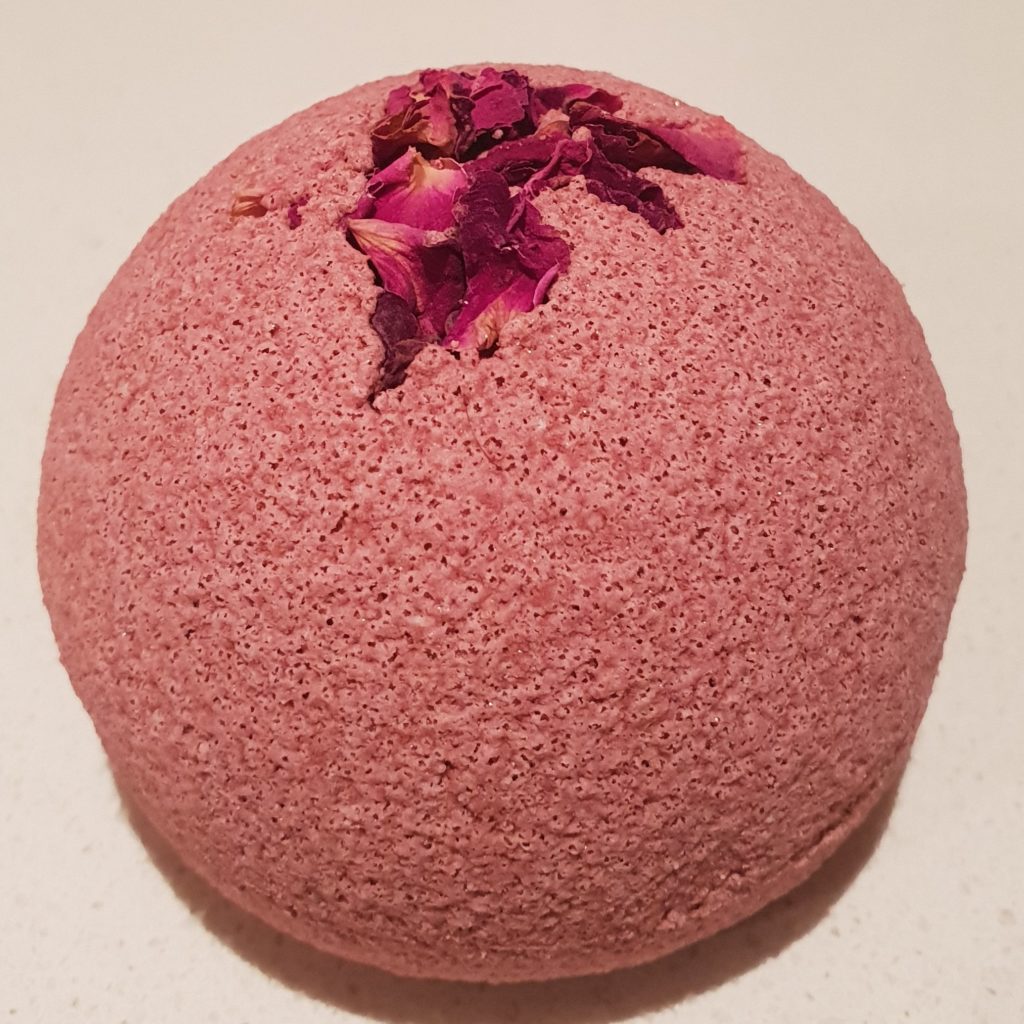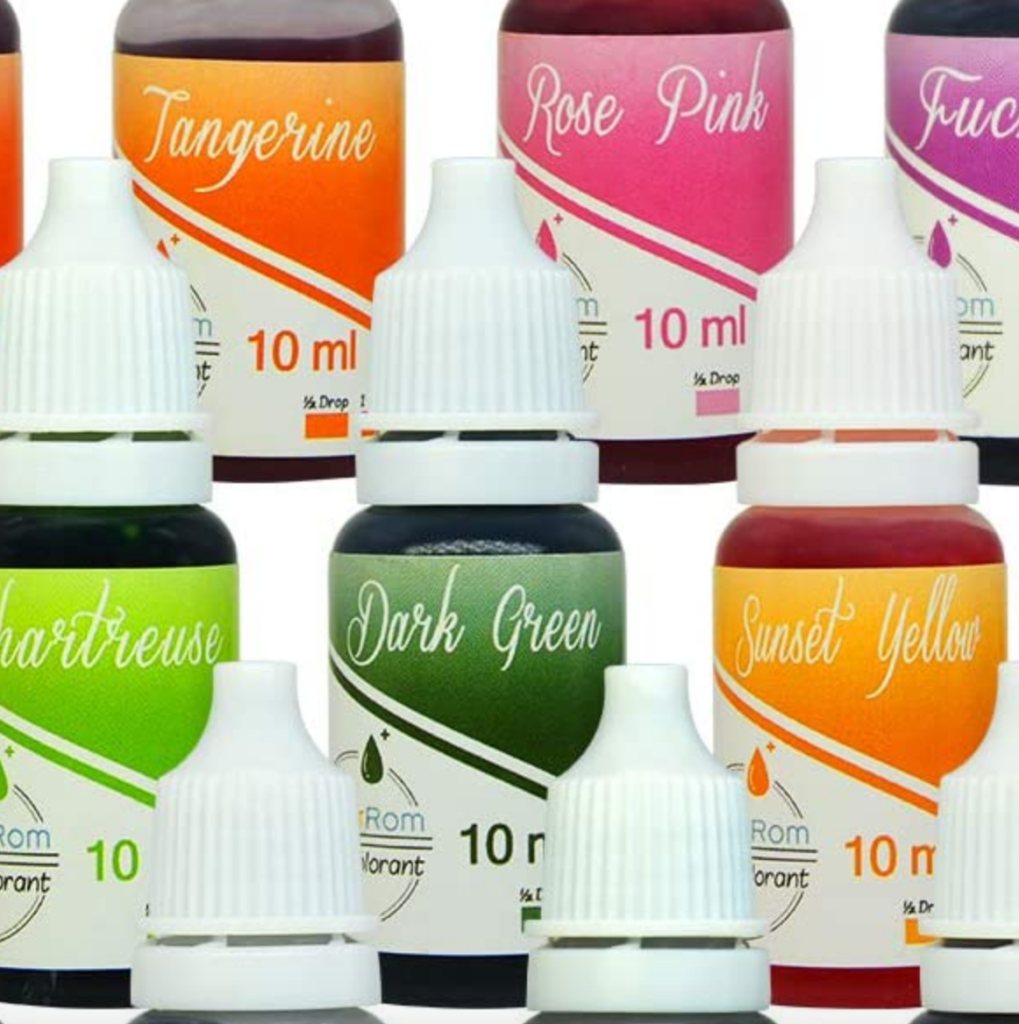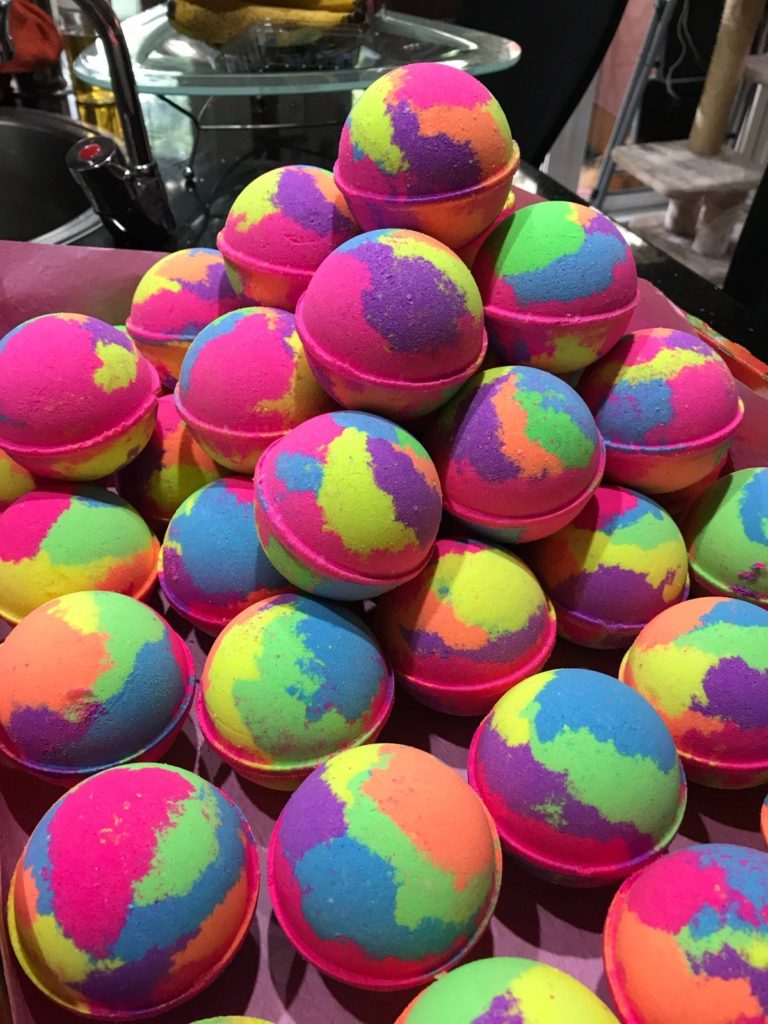FRAGRANCE USED IN BATH BOMBS.
Generally speaking a lot of bath bombs, like candles use FRAGRANCE OILS, not ESSENTIAL OILS.
I don’t use bath bombs as many of them have fragrance oils in them and many use natural mica that is not sustainable or synthetic mica, both micas are then most likely synthetically coloured. I use organic bubble bath and add my own essential oils by @kismybody
https://www.kismybody.com.au/product-category/organic-blends/
Fragrance oils even those that are phthalates free and a no no to me. There are many other dubious ingredients in fragrances other than phthalates. They are definitely not natural & possibly all made from petrochemicals, although may have natural components.
“Even phthalates free fragrances at best are a mixture of natural essential oils and synthetic aroma chemicals.”
Any “fragrance” that also includes various stabilisers and petrochemicals is not on the table for us.
“In addition to “scent” chemicals that create the fragrance, perfumes and colognes also contain solvents, stabilizers, UV-absorbers, preservatives, and dyes”.
“Over the last decade or so, more and more research has been done on the effects of phthalates on human health. In addition to their status as endocrine disruptors, phthalates are linked to increased risk of breast cancer, fertility issues, and other health problems.”
COLOURS USED IN BATH BOMBS
Like candles there are a few brands that use only natural colours and essential oils. But as you would guess most BRIGHTLY coloured bath bombs are not naturally coloured.
Avoid these colours. Many are linked to organ toxicity and hyper-activity in children.
FD&C Blue No. 1 (Brilliant Blue FCF) (E133), FD&C Blue No. 2 (Indigo tine) (E131), FD&C Green No. 3 (Fast Green FCF), FD&C Red No. 3 (Erythrosine) (E127), FD&C Yellow No. 5 (Tartrazine) (E102), FD&C Yellow No. 6 (Sunset Yellow) (E110), FD&C Copper complexes of chlorophyll (Green) (E141) and FD&C Green S(Green) (E142).
Then there is natural mica, which is not always produced safely and can seriously damage the health of miners.
I learned right away that there are two types of Mica, naturally mined Mica vs synthetically made Mica. It is a nano particle Since Mica is ground into a nanoparticle, its composition allows it to penetrate through layers of skin and even seep into the lungs. They bright coloured bath bombs are dyed using the colours listed above. Some use iron oxides which are safe for external use be deemed safe for cosmetic use, but they are only safe for external use. Many are not safe for lips or eyes. Clay is sometimes used but both these natural colours only give a little colours which are neutral and people seem to love the BRIGHT COLOURS, which are the worst for us?
Human nature?
Natural colours available are listed here
https://aussiesoapsupplies.com.au/colours-micas-glitters/natural-colourants/?_ga=2.268153102.1251253345.1598407874-629686315.1594868060&sort=featured&page=2
According to the Poisons website they say…
https://www.poison.org/articles/the-baby-ate-a-bath-bomb-194
The Bottom Line – beware using bathbombs with children
When used as directed, bath bombs and bath fizzies are technically safe. Skin irritation can occur in some people and eye irritation is expected to occur if splashed in the eyes. Unintentional ingestion of small amounts is expected to cause minor effects such as oral irritation, nausea, vomiting, and diarrhea. Swallowing larger amounts has the potential to cause serious toxicity.
I say why bother when you can buy organic bubble bath and use magnesium salts with essential oils, do your homework! and find those natural versions. Visiting health shops should be able to provide these. See go vita at Waverley Gardens.
Other sources.
https://www.forceofnatureclean.com/truth-about-toxic-fragrances/



